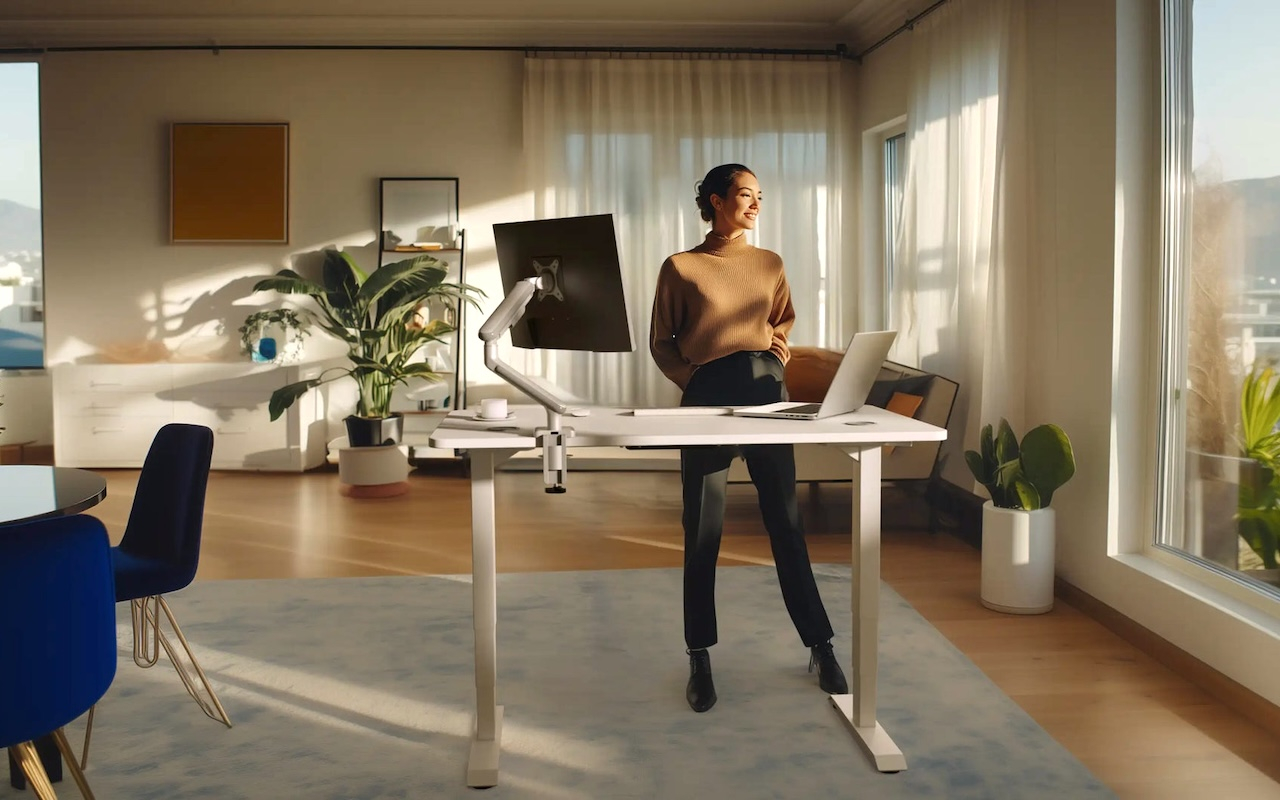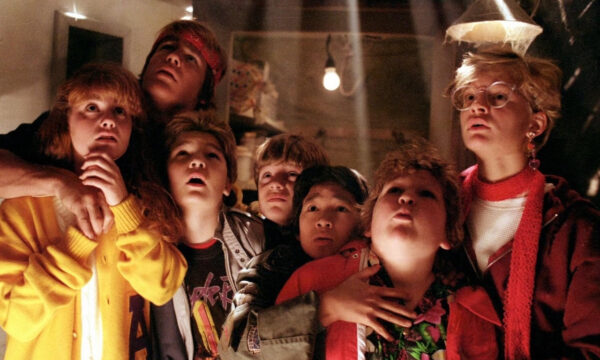How desk setups influence productivity and way to improve them

Many people spend hours designing their bedrooms, living rooms, kitchens, play areas and other crucial spaces in their lives. After all, the more inviting and functional these spaces are, the more people can enjoy spending time in them. But when it comes to desk setups, many people make the assumption that a desk is just a desk. However, statistics have proven that desk setup has a significant impact on productivity. This article explains why this is the case and offers strategies to enhance performance.
Uncovering desk setup issues and their practical solutions
As more people seek to make the most of their time, productivity hacks have been on the rise. One such trend has been the adoption of standing desks, as people who have been using them have noticed a dramatic increase in their performance. This change is more so in people who have been using electric desks, such as those on desktronic.co.uk. However, even with a standing desk, it’s still possible to make mistakes that may be costing, as follows:
Ergonomics
Discomfort has been shown to impair focus and hinder productivity. Common issues such as back pain or wrist strain can be addressed through the following adjustments:
- Get the right chair. A suitable chair should provide adequate lumbar support and be appropriately sized to allow the feet to rest flat on the floor.
- Adjust the desk position. The desk should be positioned so that the elbows form a 90-degree angle with the surface, reducing strain on the forearms. This alignment can be more easily achieved with an adjustable desk or chair.
The monitor should be positioned at eye level to minimise strain on the back and neck. For additional comfort, the workspace can be personalised with elements such as photographs, artwork, or plants to create a more inviting environment.
Organisation
Cluttered environments can contribute to cognitive overload, making it more difficult to maintain focus. This effect is often subconscious, yet it can significantly impact productivity. To reduce mental clutter, consider the following steps:
- Prioritise desk items. Evaluate which objects are essential and which can be stored elsewhere. Once identified, group them accordingly.
- Organise the desk. A minimalist desk setup can be beneficial, but if items remain scattered, the sense of disorder may persist. Organisers such as trays, drawer inserts, or overhead shelving can help keep tools tidy and accessible.
Beginning the day with a brief tidying routine can help establish a calm and focused mindset for the hours ahead.
Lighting
Lighting is frequently considered in aesthetic terms, which is why many people lean on accent lighting for their workspaces. However, its influence extends beyond visual appeal, impacting both physical comfort and energy levels. Excessively harsh lighting can cause eye strain, headaches, and even nausea, while insufficient lighting may lead to visual fatigue and reduced concentration. Inadequate lighting conditions can also negatively affect mood.
So, how do you get the right lighting?
- Use natural lighting. If the office has access to natural light, the desk should be positioned to face the light while working;
- Incorporate artificial lighting. While natural light is often the best choice, some offices do not have access to such light. Due to seasonal variations, natural light may not always be available in sufficient amounts. This deficit can be addressed with a desk lamp that provides both accent and task lighting. For best results, a lamp with a warm glow that mimics natural sunlight is recommended.
With increased exposure to lighting, it is advisable to take protective measures such as wearing anti-glare glasses to reduce eye strain and applying sunscreen to protect the skin. An anti-glare screen filter can also provide additional visual comfort.
The editorial unit
























Facebook
Twitter
Instagram
YouTube
RSS